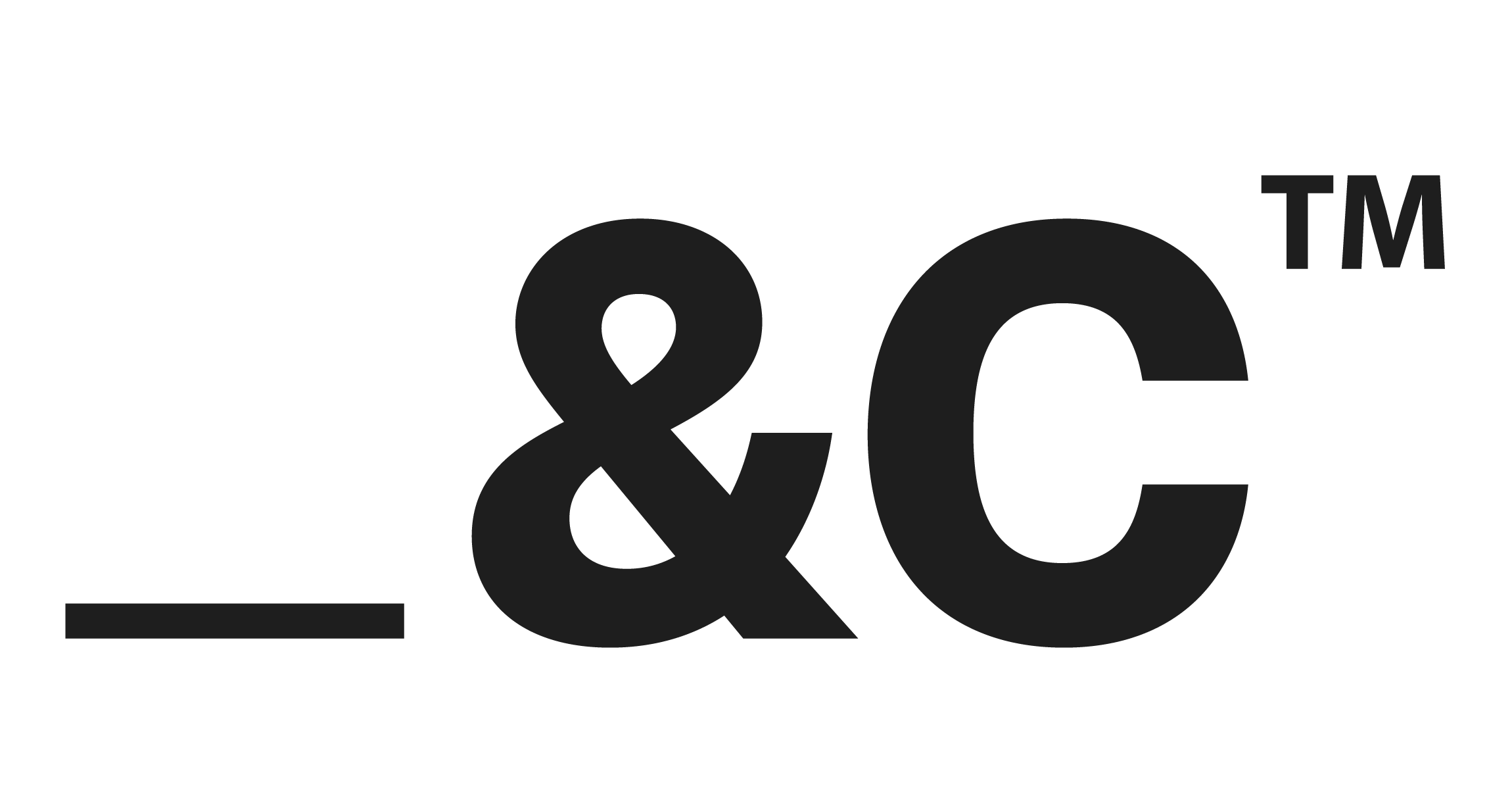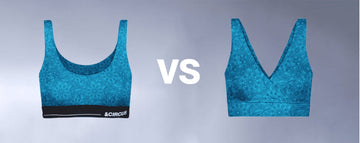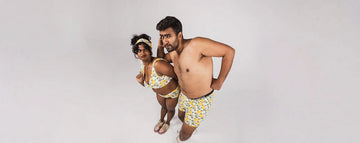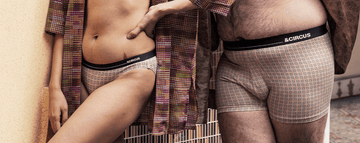Bodies shift like tides through puberty's awkward surges, pregnancy's profound transformations, the tender recalibrations of postpartum life, and the subtle changes of aging. Yet, for too long, fashion has treated our forms as fixed, offering rigid designs that fail to adapt to life's inevitable transitions. A quiet revolution is underway in sustainable innerwear, where brands are crafting garments that move with us, blending comfort, style, and ecological responsibility. These transitional garments bras that adjust to fluctuating sizes, underwear that accommodates sensitive skin are redefining how we dress for life's many chapters.
Uncomfortable underwear shouldn't steal your confidence. At Andcircus, we craft ultra-soft, sustainable Lenzing Modal Micro® innerwear for every body, XS to 5XL. From briefs to bras, our custom packs fit you perfectly. Shop risk-free with our 100% satisfaction guarantee and embrace comfort that includes everyone. #LoveEveryBody. Shop Now!
Threads of Change: Sustainable Innerwear for Life's Transitions
Life stage transitional garments are more than a trend; they're a response to a universal reality: our bodies evolve. From the hormonal upheaval of adolescence to the physical demands of pregnancy, from recovery after childbirth to the sensitivities of aging, these changes demand clothing that adapts. The global apparel market, valued at $1.84 trillion in 2025 and comprising 1.6% of the world's GDP, reflects a growing appetite for clothing that serves both function and form. Within this, the functional apparel sector including activewear, athleisure, and specialized innerwear is expected to soar from $480.91 billion in 2024 to $778.14 billion by 2032, fueled by a 6.2% annual growth rate. This boom underscores a cultural shift toward versatile, performance-driven clothing that aligns with modern, wellness-focused lifestyles.
At the heart of this movement is sustainable innerwear bras, underwear, and shapewear designed to flex with life's phases. These garments prioritize eco-friendly materials like organic cotton, bamboo, and micromodal, which cater to sensitive skin while reducing environmental impact. They also embrace inclusivity, offering gender-neutral sizing and age-agnostic designs that serve everyone from teens to seniors. This is fashion that listens, responding to the body's needs with empathy and innovation.
Innovations That Fit Every Stage
The ingenuity of transitional innerwear lies in its adaptability. Brands are rolling out bras with expandable cups and adjustable straps to support pregnancy or nursing, leakproof period panties that balance absorbency with style, and underwear with flexible waistbands that accommodate weight fluctuations. These designs often incorporate sustainable fabrics that prioritize breathability and gentleness crucial for sensitive skin during menopause or post-surgery. The shift toward inclusivity is equally striking, with gender-neutral and size-inclusive options challenging the one-size-fits-all mentality of traditional fashion.
Consider maternity wear, which has evolved dramatically since its origins in the Middle Ages. As noted in a historical overview, early maternity clothing included forgiving designs like the high-waisted Empire dress, popular in the 19th century, and Victorian-era “wrapper” dresses that women could easily fasten. By the 1990s, U.S. policies like the Family and Medical Leave Act empowered pregnant women to embrace their changing bodies, spurring demand for stylish maternity garments. Today, brands are pushing boundaries further, crafting convertible bras that transition from pregnancy to nursing and shapewear that supports postpartum recovery with sustainable materials.
Adaptive fashion is another cornerstone of this shift. Designed for those with physical disabilities, such as limited mobility or conditions like multiple sclerosis, adaptive innerwear incorporates features like magnetic closures and seamless fabrics to simplify dressing. According to a detailed summary, these garments address the inaccessibility of standard clothing, enabling people with disabilities to engage in daily activities with ease and dignity. The goal is clear: fashion should empower, not exclude.
Brands and Voices Leading the Charge
Real-world examples illustrate the impact of these innovations. One sustainable brand, responding to feedback from new mothers on platforms like Reddit, launched a maternity-to-nursing bra made from biodegradable organic cotton. The design adjusts to fluctuating breast sizes, offering comfort and eco-conscious durability. Period underwear has also transformed, moving from bulky to sleek, with leakproof layers that appeal to both teens and adults. These products aren't just functional they're personal, reflecting a commitment to meeting wearers where they are.
Celebrities are amplifying this narrative. At the 2019 Vanity Fair Oscars party, Selma Blair, navigating life with multiple sclerosis, paired a Ralph & Russo gown with a custom monogrammed cane, as reported by Vogue Business. Her appearance challenged the notion that people with disabilities don't care about style, a misconception Mindy Scheier of the Runway of Dreams Foundation has worked to dismantle. Blair's visibility underscores a broader truth: adaptive fashion can be both elegant and accessible, meeting real needs without sacrificing aesthetics.
Influencers are also driving change, championing brands that design for puberty, menopause, or post-surgical recovery. Their advocacy, paired with consumer feedback, is shaping product development. Brands are listening, creating inclusive lines that span life stages and prioritize sustainability, from biodegradable fabrics to circular production models.
Navigating Design Challenges
Creating transitional innerwear isn't easy. Designing a bra that fits both a pregnant and postpartum body demands complex engineering, which can inflate costs. Sustainable materials, while eco-friendly, are often pricier than conventional fabrics, leading to premium price tags that may deter some consumers. Inventory management poses another challenge brands must juggle diverse SKUs to accommodate fluctuating sizes without overstocking. Educating consumers is equally critical; how do you convince someone to invest in a garment designed for a future phase of life?
Yet, these hurdles spark opportunity. Brands that excel in adaptive design can build lifelong loyalty, as customers return for products that grow with them. Partnerships with healthcare providers think post-surgical bras or menopause-friendly underwear open new markets. Innovations like modular garments, where components can be added or removed, point to a future where fashion is as dynamic as the lives it serves.
A Future Woven with Purpose
Picture a designer in a Brooklyn studio, sketching a bra that adjusts to life's shifts puberty's uncertainties, motherhood's transformations, aging's nuances. In a factory halfway across the world, bamboo fibers are woven into underwear that feels like a second skin while treading lightly on the planet. These are the threads of change, blending function, style, and sustainability. The future of transitional innerwear is bright, with AI-driven sizing, subscription models for evolving wardrobes, and biodegradable fabrics paving the way. But this movement is about more than clothing it's about honoring every body and every chapter, ensuring that as we navigate life's transitions, our garments keep pace.
Frequently Asked Questions
What are life stage transitional garments and why are they important?
Life stage transitional garments are clothing designed to accommodate physical and emotional changes across key phases such as puberty, pregnancy, postpartum, and menopause. These garments prioritize comfort, adaptability, and self-confidence, often using stretchable fabrics, modular design, and sustainable materials to meet evolving body needs.
How are sustainable fashion brands innovating in transitional wear?
Many sustainable brands are integrating organic cotton, micromodal, and recycled fibers into transitional garments to ensure environmental responsibility. They are also focusing on minimal seams, adaptive sizing, and timeless aesthetics to serve people through different life stages without compromising on comfort or style.
What challenges do consumers face when shopping for transitional garments?
Consumers often struggle with limited size inclusivity, lack of education on what transitional garments offer, and stigma around certain life changes like menopause or postpartum recovery. The blog highlights how community-led forums and design-centric brands are addressing these gaps through awareness, co-creation, and inclusive marketing.
Disclaimer: The above helpful resources content contains personal opinions and experiences. The information provided is for general knowledge and does not constitute professional advice.
You may also be interested in: How Fuss-Free Construction Supports Sensitive Skin
Uncomfortable underwear shouldn't steal your confidence. At Andcircus, we craft ultra-soft, sustainable Lenzing Modal Micro® innerwear for every body, XS to 5XL. From briefs to bras, our custom packs fit you perfectly. Shop risk-free with our 100% satisfaction guarantee and embrace comfort that includes everyone. #LoveEveryBody. Shop Now!







































